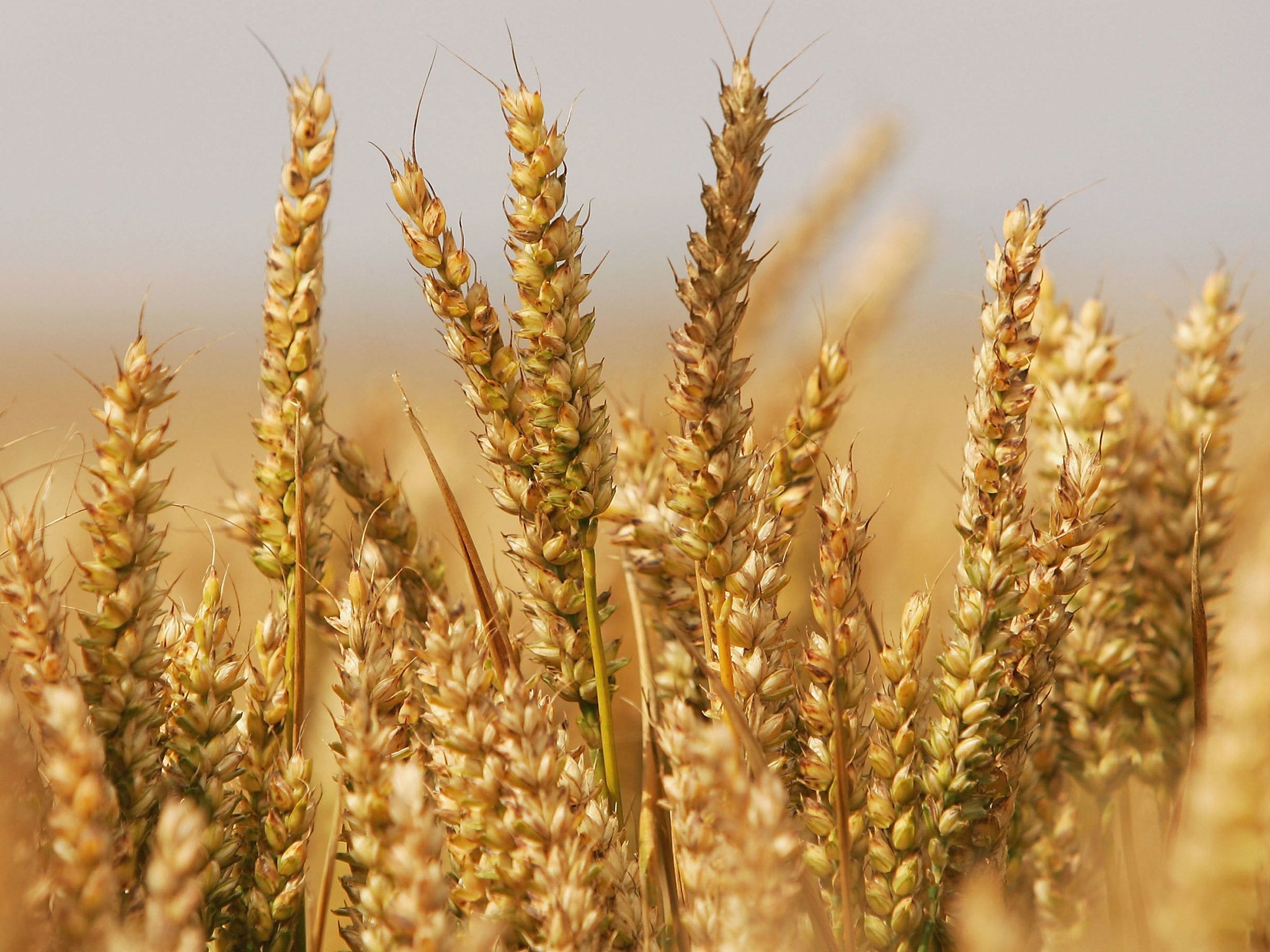A quarter of UK's wheat crop could be wiped out by virulent new strain of Himalayan fungus
Farmers are struggling to deal with Warrior, a new strain of the deadly yellow rust disease that gathers on leaves and chokes plants to death

Your support helps us to tell the story
From reproductive rights to climate change to Big Tech, The Independent is on the ground when the story is developing. Whether it's investigating the financials of Elon Musk's pro-Trump PAC or producing our latest documentary, 'The A Word', which shines a light on the American women fighting for reproductive rights, we know how important it is to parse out the facts from the messaging.
At such a critical moment in US history, we need reporters on the ground. Your donation allows us to keep sending journalists to speak to both sides of the story.
The Independent is trusted by Americans across the entire political spectrum. And unlike many other quality news outlets, we choose not to lock Americans out of our reporting and analysis with paywalls. We believe quality journalism should be available to everyone, paid for by those who can afford it.
Your support makes all the difference.A virulent new strain of fungus from the Himalayas threatens to wipe out up to a quarter of the wheat crop in some areas of the UK this harvest season, experts have warned.
Farmers are struggling to deal with Warrior, a new strain of the deadly yellow rust disease that gathers on leaves and chokes plants to death. The warning comes after scientists discovered that Warrior has emerged in the UK and is spreading rapidly.
“Our research shows that in the UK we have a newly emerging population of wheat rust fungus. This could have serious implications for wheat production in the UK,” said Diane Saunders, of the John Innes Centre in Norwich and lead author of the research, published in Genome Biology.
Dr Saunders said the emergence and spread of Warrior was part of a broader trend.
“Increased virulence, globalisation and climate change are all increasing the scale and frequency of emerging plant diseases, and threatening global food supply,” she added.
Although it can be contained by fungicide, Warrior can still be devastating – and there are fears that the strain may become resistant to sprays in the future, said James Mills, of the National Farmers Union.
“In some cases it could affect the yield by up to 25 per cent,” he said.
Warrior is thought to have come from the southern slopes of the Himalayas, transported by the wind or attached to clothing.
Join our commenting forum
Join thought-provoking conversations, follow other Independent readers and see their replies
Comments